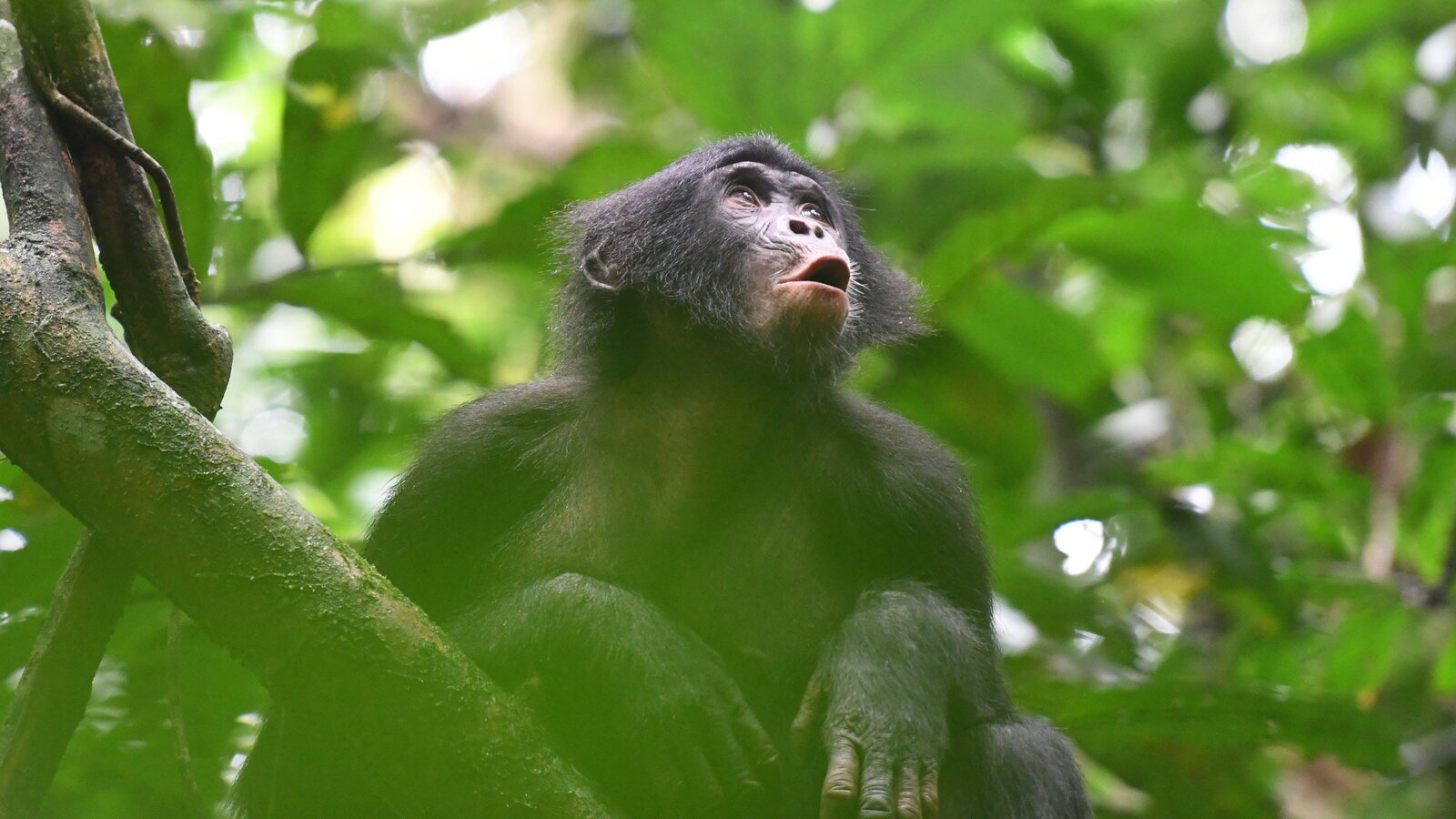Bonobo Chatter: Are These Apes Speaking a Proto-Language?
Science
2025-04-03 18:00:07Content

In a groundbreaking discovery, researchers have uncovered compelling evidence that great apes may possess a more sophisticated form of communication than previously thought. Extensive audio recordings reveal that these intelligent primates can potentially create meaningful combinations of sounds, hinting at a more complex linguistic capability.
After meticulously analyzing hundreds of hours of recordings, scientists have observed that apes appear to string sounds together in unique pairs, suggesting a rudimentary form of language generation. This fascinating finding challenges our traditional understanding of animal communication and opens up exciting new avenues for research into primate cognitive abilities.
However, the scientific community remains divided. While some researchers are thrilled by the potential implications, other scholars approach these findings with healthy skepticism. They caution against jumping to conclusions and emphasize the need for more rigorous, comprehensive studies to validate these initial observations.
The research represents a tantalizing glimpse into the potential depth of animal communication, inviting us to reconsider the boundaries between human and animal linguistic capabilities. As investigations continue, we may be on the brink of understanding communication in ways we never imagined possible.
Decoding Bonobo Communication: A Linguistic Revolution in the Animal Kingdom
In the dense forests of central Africa, a groundbreaking scientific discovery is challenging our understanding of animal communication. Researchers have embarked on an extraordinary journey to unravel the complex linguistic capabilities of bonobos, revealing a potential breakthrough in how non-human primates construct and convey meaning through sophisticated sound combinations.Unveiling the Hidden Language of Our Closest Primate Relatives
The Acoustic Landscape of Bonobo Interaction
Delving into the intricate world of bonobo communication represents more than just a scientific endeavor—it's a window into the evolutionary roots of language itself. Researchers have meticulously collected and analyzed hundreds of hours of audio recordings, capturing the nuanced vocal interactions of these remarkable great apes. Unlike previous assumptions about animal communication, these studies suggest that bonobos possess a far more sophisticated linguistic system than previously imagined. The acoustic patterns observed reveal a remarkable ability to generate meaning through strategic sound combinations. Each vocalization appears to be carefully constructed, challenging long-held beliefs about the linguistic limitations of non-human primates. Sophisticated computational linguistics techniques have been employed to decode these intricate communication patterns, revealing layers of complexity that rival early human language development.Scientific Methodology and Breakthrough Techniques
Cutting-edge research methodologies have been crucial in unraveling the bonobos' communication mysteries. Advanced sound analysis technologies, combined with extensive field observations, have provided unprecedented insights into their vocal interactions. Researchers utilized machine learning algorithms and spectrographic analysis to identify patterns that human ears might miss. The scientific community remains divided, with some scholars expressing skepticism about the depth of bonobo linguistic capabilities. This controversy has sparked intense academic debates, pushing the boundaries of our understanding of animal communication. Rigorous peer review processes have been implemented to validate these groundbreaking findings, ensuring that each observation meets the highest scientific standards.Evolutionary Implications of Bonobo Communication
The potential linguistic capabilities of bonobos offer profound insights into the evolutionary development of communication. These findings suggest that the foundations of language might be more deeply rooted in primate biology than previously understood. By examining how bonobos construct meaning through sound combinations, researchers are rewriting our understanding of cognitive development in non-human primates. Neurological studies have complemented the acoustic research, revealing fascinating brain activity patterns during complex vocal interactions. These investigations demonstrate remarkable neural plasticity and communication strategies that challenge traditional views of animal intelligence. The implications extend far beyond bonobo research, potentially reshaping our comprehension of communication's evolutionary trajectory.Challenges and Future Research Directions
Despite the exciting discoveries, significant challenges remain in fully comprehending bonobo communication. The intricate nature of their vocal interactions requires continued long-term research and interdisciplinary collaboration. Linguists, primatologists, and cognitive scientists are joining forces to develop more sophisticated methodologies for decoding these complex communication systems. Future research aims to develop more nuanced translation frameworks, potentially creating unprecedented opportunities for interspecies communication understanding. The potential applications of these studies extend beyond academic curiosity, offering glimpses into the fundamental mechanisms of language development and cognitive complexity in non-human species.RELATED NEWS
Science

Unleash Young Minds: COSI's Science Spectacular Turns Learning into Adventure
2025-04-30 20:37:00
Science

Ocean Explorers Uncover Nature's Secrets: Young Scientists Dive into Biomimicry at Heal the Bay Summer Camp
2025-04-29 05:55:41
Science

Science Under Siege: 8 Powerful Moves Researchers Are Making to Defend Truth in the Trump Era
2025-02-24 17:16:05





